What is the danger of dizziness: causes, consequences and treatment
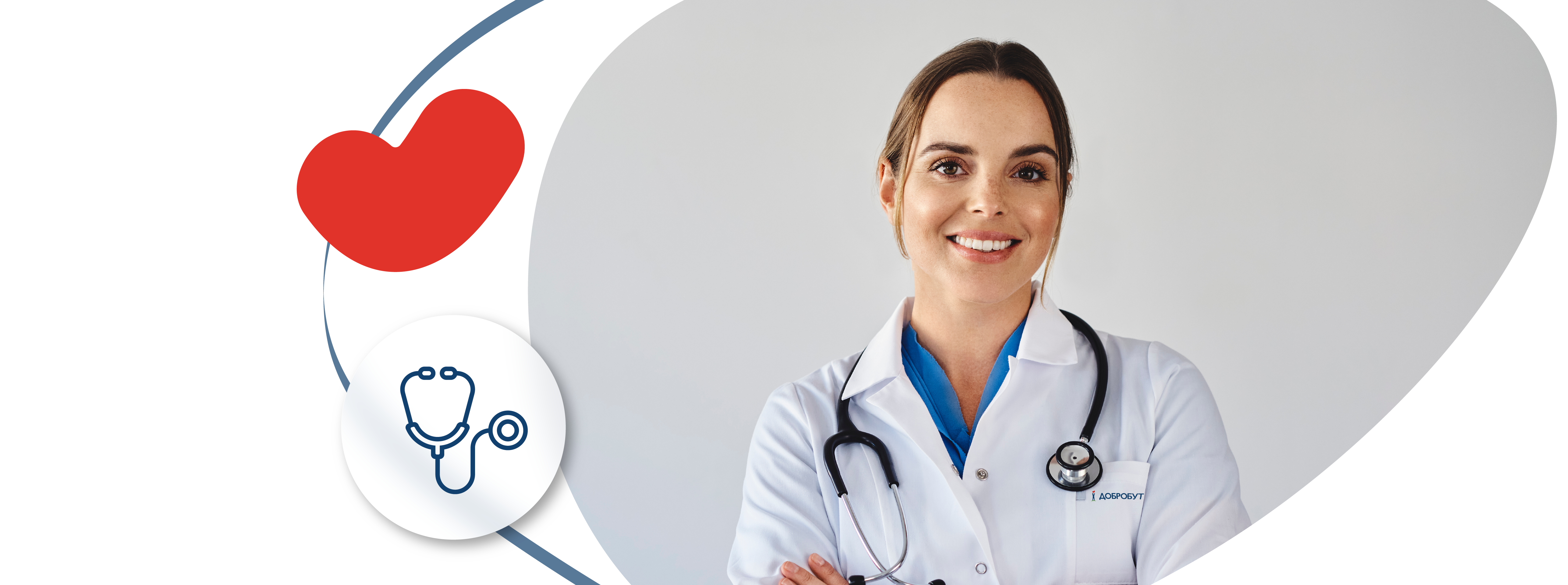
Dizziness is a sensation of movement that is not really there. It is usually difficult to describe in words, and people use a variety of comparisons to tell their doctor what they are really feeling. For some it's “helicopters”, for others it's “the deck of a ship” or “a swing”, and for others it's “the ground has gone out from under their feet” or other associations.
The fact is that dizziness can really be different. There are systemic dizziness, in which there is a feeling of rotation of objects around and the room around, and non-systemic dizziness, when a person's perception of their own body and control over its position in space are disturbed. The duration of this condition can also vary: from short-term (up to one minute) episodes to continuous debilitating dizziness lasting several days.
There are many conditions that can cause dizziness. They can be pleasant and short-lived, such as riding a carousel or dancing fast, or threatening, such as acute cerebrovascular accident or significant blood loss.
However, no matter how diverse the causes are, there is one most common one. This is BPPV (benign paroxysmal positional vertigo).
The diagnosis of this pathology is extremely eloquent:
- benign - not life-threatening
- paroxysmal - it manifests itself in sudden short episodes
- positional - provoked by certain movements and positions of the head
- dizziness - a false sense of movement, often rotational, but can be of a different nature.
BPPV is a very common pathology of the vestibular system. It is associated with the migration of small calcium carbonate crystals, the so-called otoconia, in the structures of the inner ear. The inner ear is a very sensitive system, it perceives such migration as movement and immediately sends false signals to the brain. This is how the sensation of motion without movement occurs.
Typically, BPPV debuts after prolonged exposure to a horizontal position, i.e. in the morning. Typical symptoms are short-term attacks of rotational, i.e. systemic, dizziness, which quickly stop when the person stops moving. But almost every subsequent movement will provoke dizziness again. Between attacks, the state of health does not deteriorate, so patients often do not seek medical attention, simply limiting their daily motor activity.
Since the vestibular system has close ties with the system of oculomotor nerves, this cause of dizziness causes specific rhythmic movements of the eyeballs, called nystagmus. For diagnostics, the doctor performs specific tests to record the appearance and nature of nystagmus.
Since these movements are short-lived and low-amplitude, they cannot always be noticed and evaluated with the naked eye. Therefore, special equipment has been developed for diagnostics that records eye movements during diagnostic tests. It is painless and safe for the patient and helps the doctor confirm or refute the diagnosis. Video recording of nystagmus allows us to determine which side of the lesion is affected, which of the three canals on this side is affected and in which part of the canal the otoconia are located. This is important for choosing the right treatment tactics.
Laboratory tests, ultrasound, computed tomography and magnetic resonance imaging can neither confirm nor refute the diagnosis of BPPV. The size of otoconiums is so small that they are not detected by these devices. Therefore, it is not advisable to perform these examinations.
Medications do not bring relief in this pathology. You do not need to undergo a course of “drips” and then swallow pills for months.
The treatment of DPPV is also mechanical - repositioning maneuvers performed by a doctor or an experienced physical therapist on the recommendation of a doctor. The maneuvers are safe and painless and do not require special training. In 80% of cases, 1-3 approaches are sufficient, but each case is individual, and a preliminary examination by a doctor is necessary to exclude possible contraindications. The effectiveness of the treatment is assessed using the same equipment and according to the patient's feelings.
In the Dobrobut medical chain, diagnosis and treatment of DPPV is carried out using special modern equipment for video nystagmoscopy - Nystalize VideoScope, which makes the diagnostic and treatment process accurate and effective.
Who can develop DPPV? Anyone can have it. Most often, these are people over 45 years old or those who have suffered a head injury. In many cases, the provoking factors cannot be identified.
Doctors of what specialties treat vestibular disease? Since the vestibular system consists of the structures of the inner ear and nervous system, otorhinolaryngologists (ENT doctors) and neurologists diagnose vestibular disease. These specialists and physical therapists also provide treatment on their recommendations.
BPPV is curable, but it can recur. The side of the lesion may be the same as the previous time, or it may change. The canal and its part may also change.
Despite the benign nature of the BPPV , this disease should be treated in time. Untreated dizziness increases the risk of falls, especially in the elderly, and negatively affects the quality of life in general.
Rabies, as you know, is a dangerous disease that can be prevented through vaccination.
People who are in constant contact with animals that could potentially carry the rabies virus can and even should receive preventive vaccination.
Who Needs Preventive Vaccination?
- Veterinary medicine professionals;
- People involved in capturing and sheltering stray animals;
- Workers at animal shelters;
- Staff of veterinary laboratories, clinics, and other labs working with rabies virus samples;
- Hunters;
- Foresters;
- Slaughterhouse workers;
- Taxidermists;
- Military personnel;
- Postal workers.
And this is far from a complete list!
For example, volunteers working with bats, in my opinion, should also be vaccinated against rabies.
According to WHO recommendations:
“Children living in or visiting areas where rabies is a significant risk among carnivorous animals can be vaccinated preventively if there are no economic, programmatic, or logistical barriers.”
And all of Ukraine is such an area!
My Recommendations for Preventive Vaccination:
Children — vaccinate.
Adults who have even potential contact with questionable animals — vaccination is necessary.
Vaccination Schedule:
1. The primary course consists of three doses:
- First dose — on the day of the visit.
- Second dose — on day 7.
- Third dose — on day 21–28.
2. Booster vaccination:
- One dose a year after the primary course.
- Then, one dose every 5 years.
Is Vaccination Necessary After a Bite?
If vaccination was completed:
- Less than 3 months ago — no additional doses are required.
- Between 3 months and 5 years ago — two doses of the vaccine are administered (on days 0 and 3) to “reactivate” immune memory.
Rabies immunoglobulin is not needed.
Take care of yourself and your children — vaccination saves lives!








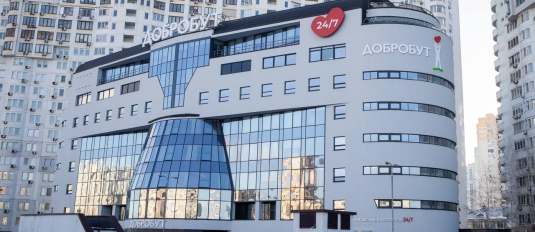
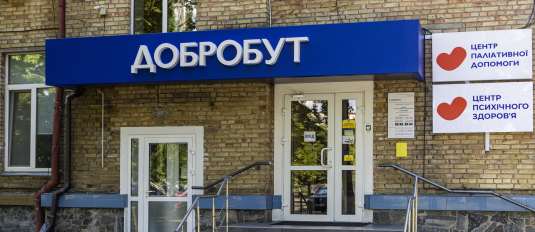
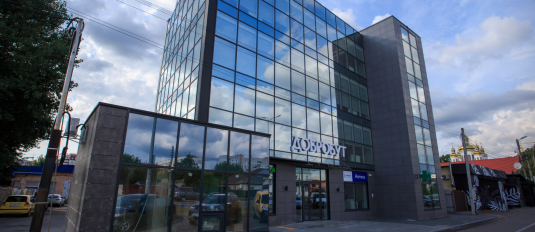
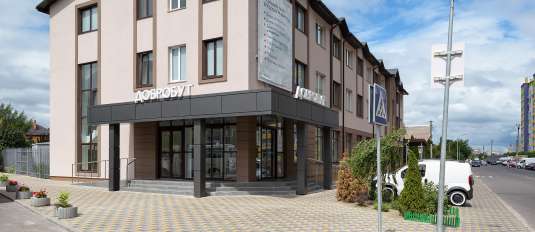

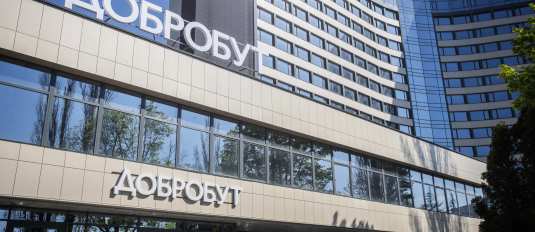

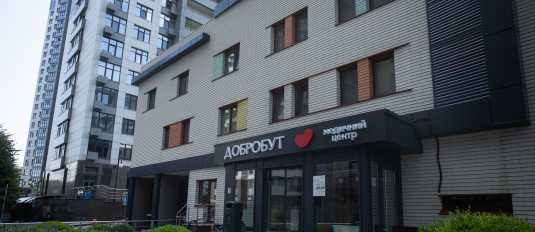


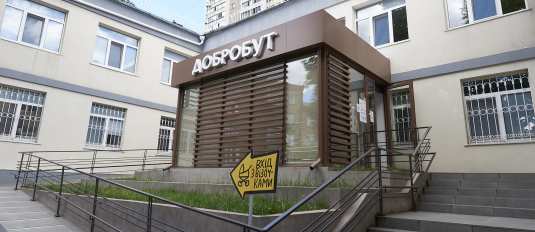

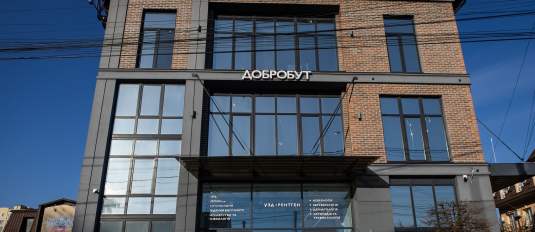

%402x.png)
%402x.png)
